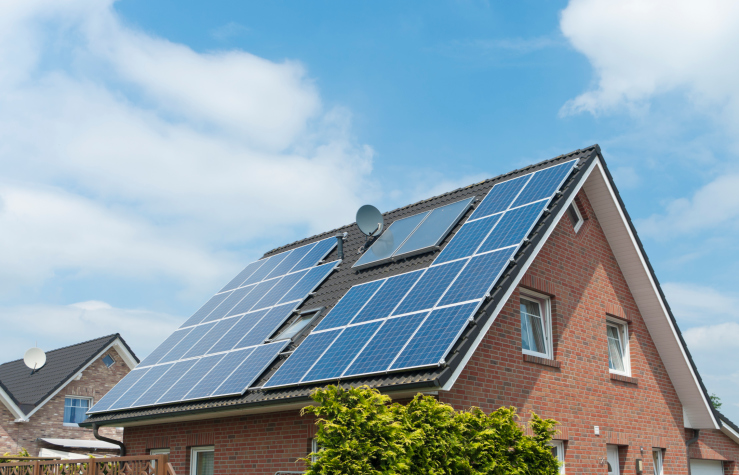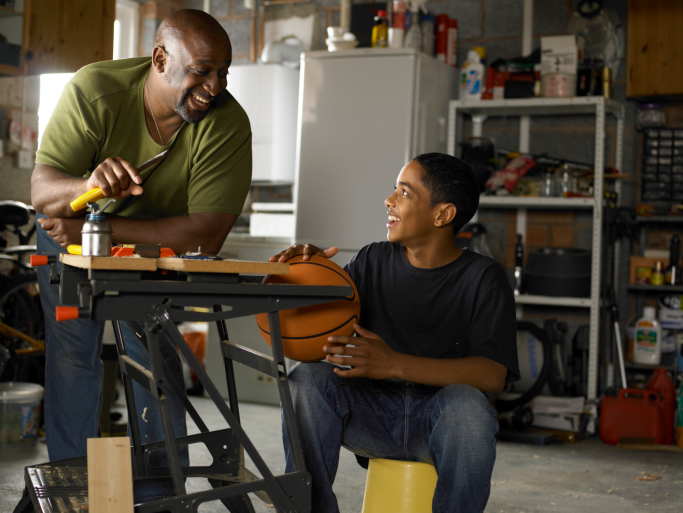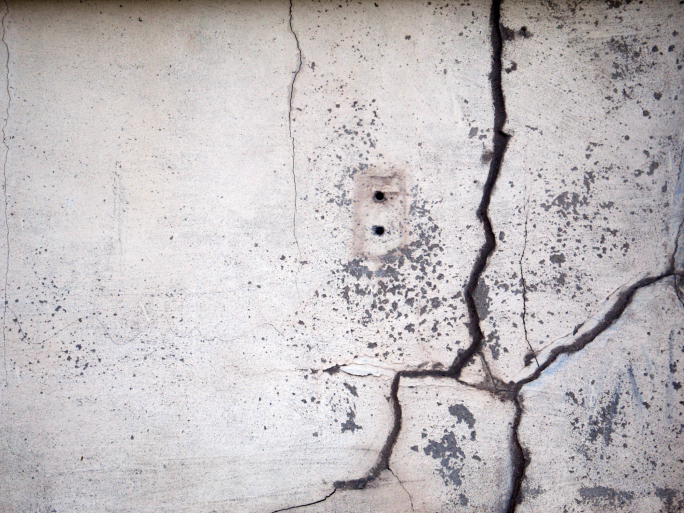Looking for a Value-adding Upgrade? Why Residential Solar Panels Are Becoming a Popular Renovation
 If you’re looking for a home upgrade that can add resale value to your home while paying itself off over time, look no further than a solar panel setup. In the past few years, the cost of installing residential solar has declined while the efficiency of the panels has increased. This combination has made home solar one of the best investments that a homeowner can make – provided they live in an area that receives a good deal of sunshine.
If you’re looking for a home upgrade that can add resale value to your home while paying itself off over time, look no further than a solar panel setup. In the past few years, the cost of installing residential solar has declined while the efficiency of the panels has increased. This combination has made home solar one of the best investments that a homeowner can make – provided they live in an area that receives a good deal of sunshine.
Solar Adds Immense Value To Your Home
While solar panel installations are not inexpensive, in almost every case they add at least their total cost to the value of the home as soon as they are installed. If you decide to sell your home, it will be very attractive to those who are interested in leaving a lighter footprint or for anyone who was thinking of going solar after they bought their new home.
A Quality Install Will Pay For Itself Over Time
As they generate electricity which can be used in your home or sold back in to the public grid, residential solar panels are one of the only home upgrades that will pay for themselves over time. If you live in a very sunny area and watch your home energy consumption, you may even find that after a few years your solar setup actually begins generating a profit each month. Home solar setups typically come with a 25-year warranty so you can rest assured that your panels will be producing energy for at least the next couple of decades.
Tax Credits And Incentives Reduce The Up-front Financial Cost
Renewable energy sources like solar quality for significant tax credits and rebates which will vary depending on the city and state or province that you live in. A quick web search will show you which types of incentives that you will qualify for, or you can call a local residential solar installer as they’ll be fully aware of all of the various incentives that are available.

 In some homes, garages are used only for car storage. They may appear to be bare and without real functional use for homeowners. However, other garages may be an envy of the neighborhood – they may have floor to ceiling shelving systems, and they may be the picture-perfect image of organization.
In some homes, garages are used only for car storage. They may appear to be bare and without real functional use for homeowners. However, other garages may be an envy of the neighborhood – they may have floor to ceiling shelving systems, and they may be the picture-perfect image of organization. When purchasing a home, there are a number of considerations that need to be taken into account. One of those considerations is the foundation of the home. No matter how perfect or suitable a property looks, taking the time to properly inspect the property for foundation problems can save you thousands of dollars in repairs later on.
When purchasing a home, there are a number of considerations that need to be taken into account. One of those considerations is the foundation of the home. No matter how perfect or suitable a property looks, taking the time to properly inspect the property for foundation problems can save you thousands of dollars in repairs later on.